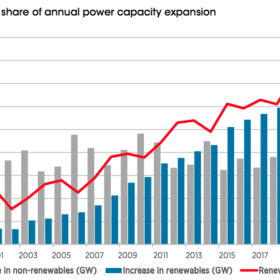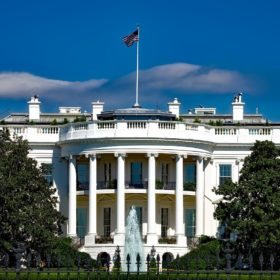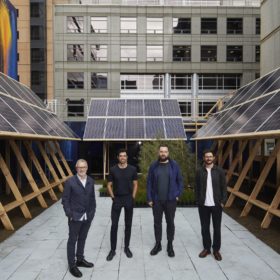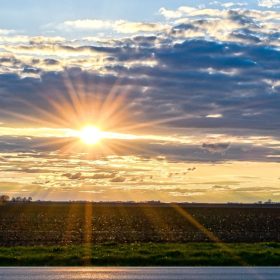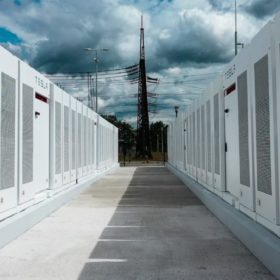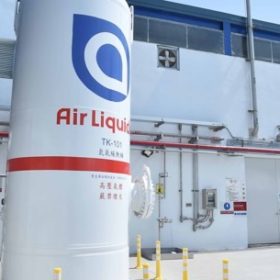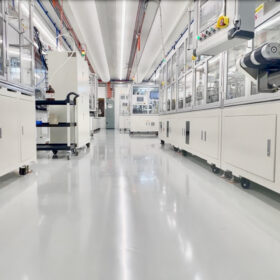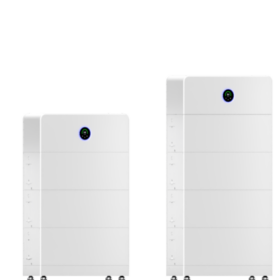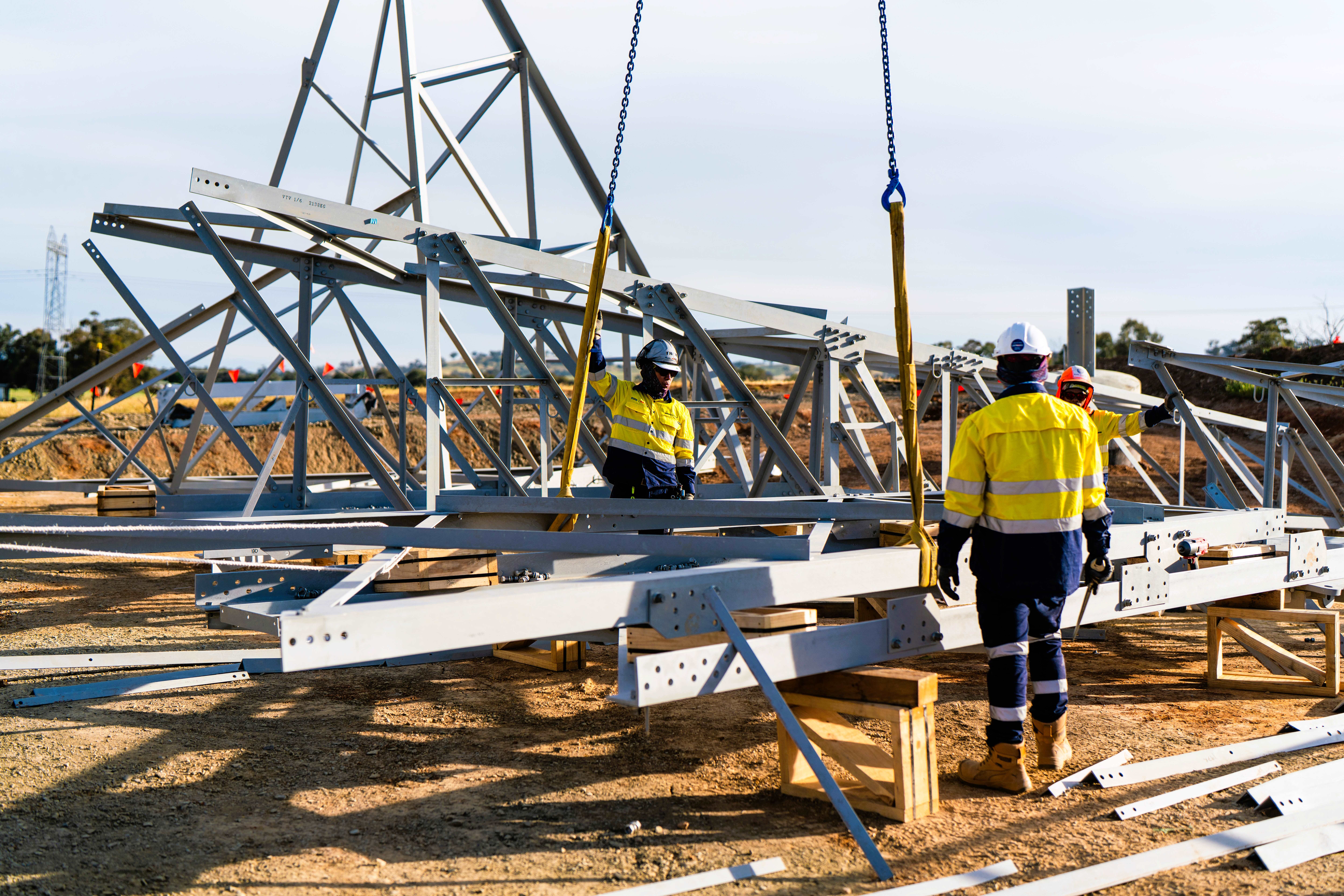Australia’s renewable growth outpaces world, even as new report finds record global expansion in 2020
More than 260 GW of renewable energy was added globally in 2020, surpassing 2019’s previous net increase record by almost 50%, data from the International Renewable Energy Agency found. Australia’s pace of growth was almost double the global average, coming in at 18.4%.
Digital substations learn how to reliably work with variable renewables
“If I only had a brain …” Smart digital technology enables electricity substations to deliver greater reliability of operation and more consistent grid stability with increasing integration of renewable energy sources.
Sunday read: Building PV for the future
Financiers and investors have always understood that PV power plants play a more prominent role than just generating profits – they also produce electricity without emitting carbon. Lately, the sector is discovering that PV can fulfill a much larger range of environmental functions – improving biodiversity, removing carbon from enriched soils, and producing food in an environmentally sustainable way. Everoze Partner Ragna Schmidt-Haupt argues that putting ecological sustainability at the heart of PV project planning and operation should become the new standard.
Here’s what Biden’s infrastructure bill offers solar and cleantech
The $2 trillion package includes a proposed 10-year extension of the ITC and PTC and calls for further incentives to add transmission capacity. Most solar advocates liked it, but one nonprofit panned it as being too industry-friendly.
Sun Cable lodges plan for major solar module manufacturing plant
Sun Cable continues to progress plans for the world’s biggest solar+storage project, lodging a development application for the first phase of a solar module manufacturing and assembly facility to be constructed in Darwin.
Solar steals the show at Melbourne Design Week
An independent exhibition brought to Melbourne Design Week by a group of 15 of the city’s top architectural firms demonstrates the blueprint for Melbourne’s transformation to “A New Normal”. “A New Normal” is a plan to transform Greater Melbourne into a self-sufficient city by 2030.
Solar still largely underestimated
Two recent studies have separately shown that many scenarios assessing global decarbonization pathways are still predicting too-low future PV capacity and too-high LCOEs for the solar technology. The researchers analyzed scenarios provided by scientific researchers, government bodies and non-governmental organizations, including the United Nations’ Intergovernmental Panel on Climate Change (IPCC), the U.S. Energy Information Administration (EIA), the European Commission, the Indian government, the International Energy Agency (IEA), and the International Renewable Energy Agency (IRENA), among others.
Clean energy technologies can provide grid security for less, study finds
New research shows renewables plus batteries would be able to offer Australia’s electricity grid the same energy security as coal and gas generators, leading to calls for regulatory changes.
Energy giant AGL reveals controversial partition plans
AGL Energy has been remarkably busy in recent months trying to make itself look like a giant ship on the turn in the energy transition and not the Ever Given cargo ship stuck in the old sands of time. Now, AGL has announced plans to partition itself into two separate businesses which it says will provide them with the freedom to pursue their own agendas, but not everyone is convinced.
The Hydrogen Stream: Siemens targets $1.50/kg by 2025, BP and Saudi Aramco bet on blue hydrogen
The German company expects to roll out its in-house proton exchange membrane (PEM) electrolysis technology to implement a gigawatt production of electrolyzers. BP partners with UK gas distributor Northern Gas Networks (NGN) to develop blue hydrogen and Saudi Aramco teams up with Hyundai Heavy Industries to do the same. Italy’s Snam wants to build hydrogen projects in the United Arab Emirates.
